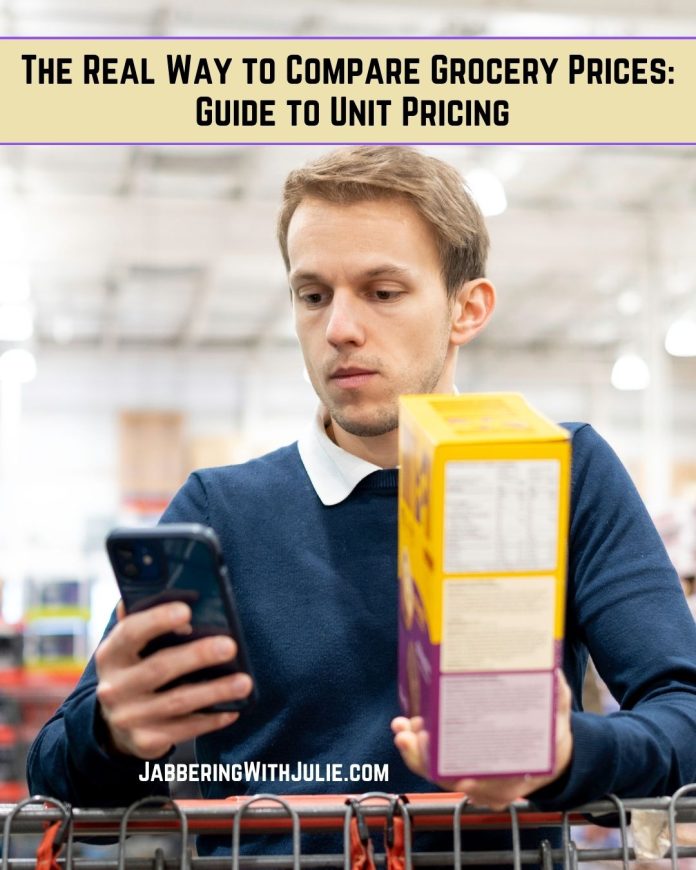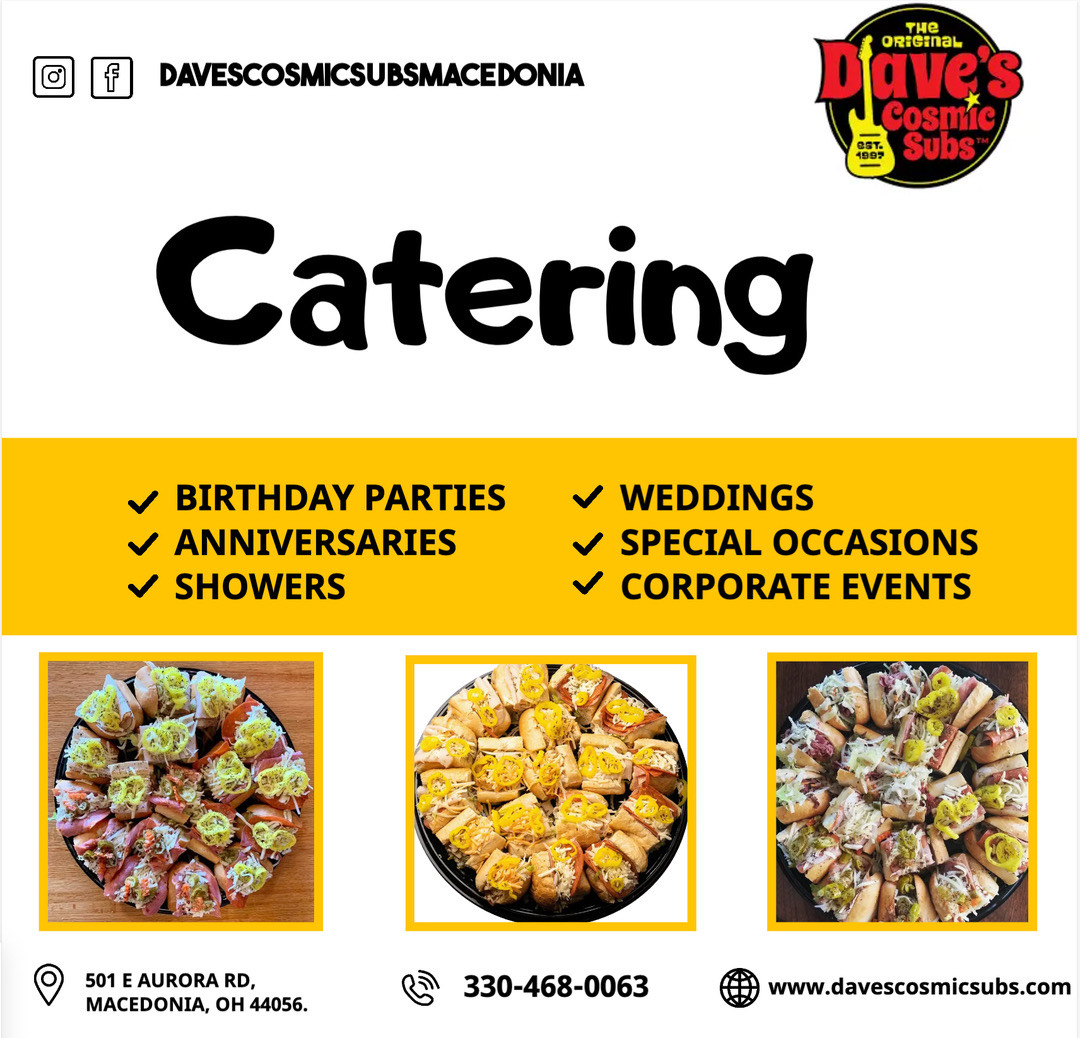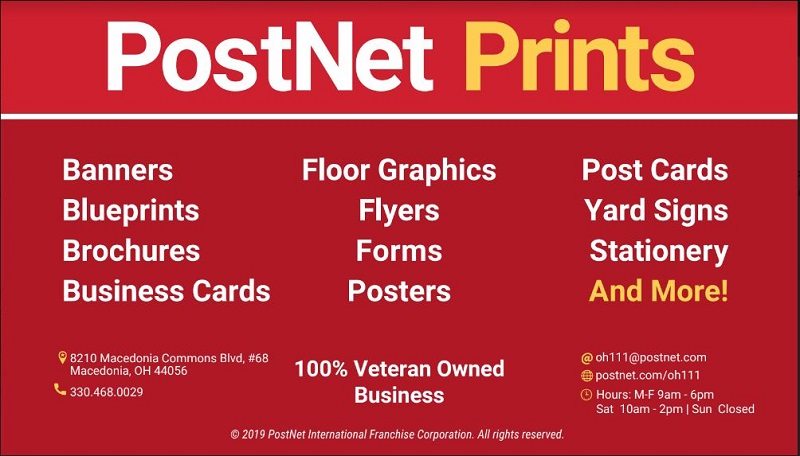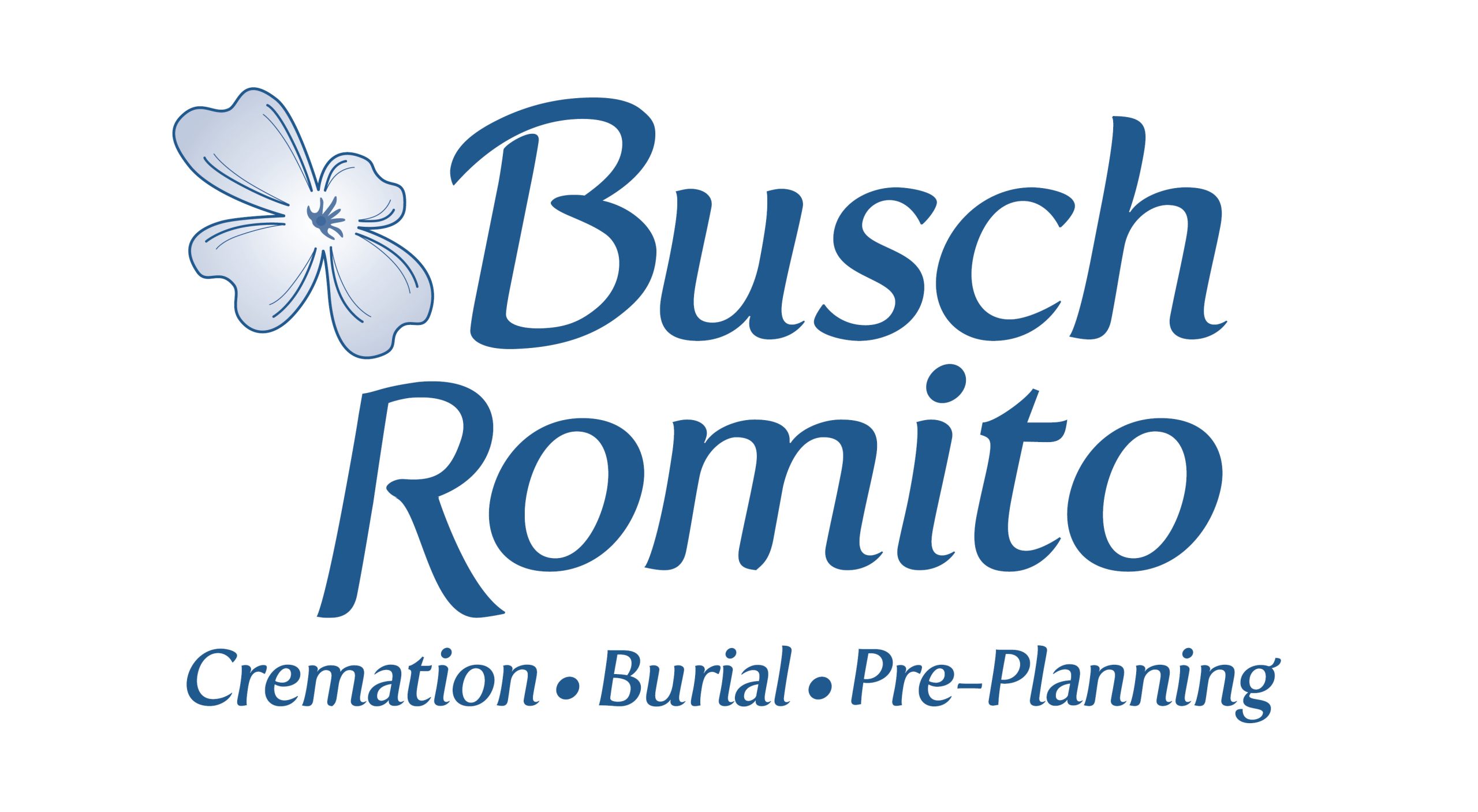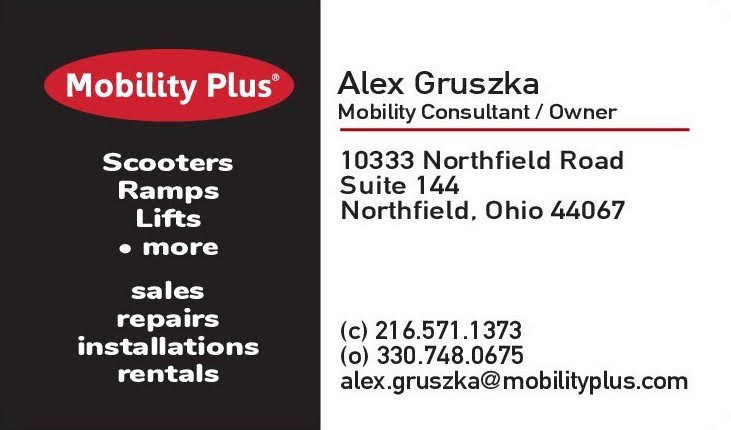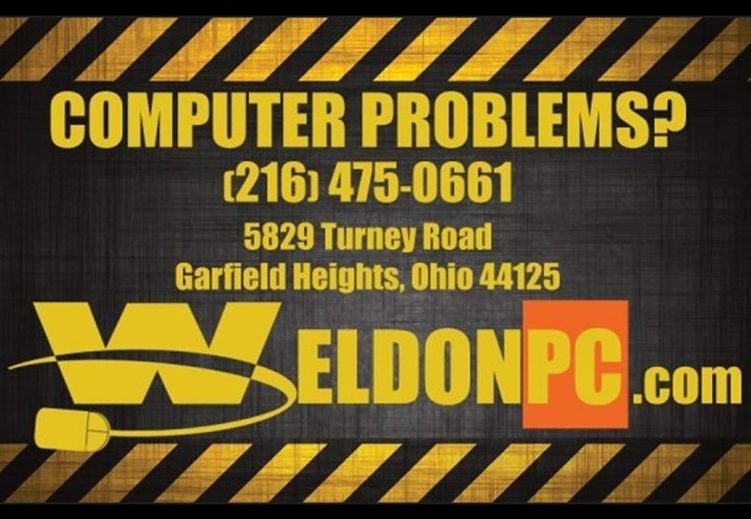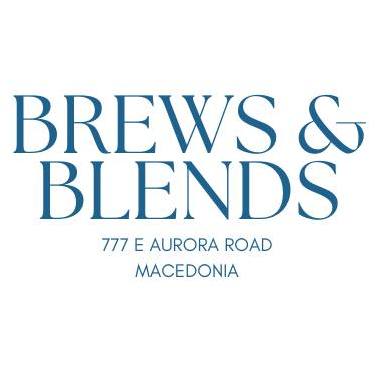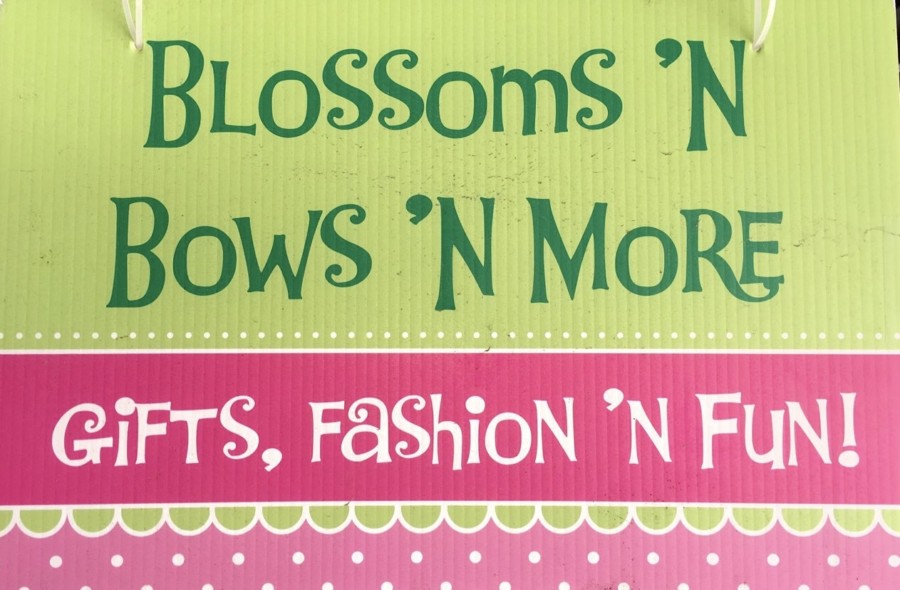Did you want to view this article ad free? Get access to this article and unlimited access to all our articles Click here to subscribe – start your free trial today.
✓ Ad-free reading experience
✓ Join the conversation in our comments section
✓ The option to receive email updates upon new articles added
Subscribe now: $5.99/month or save 30% with our annual plan at $49.99/year
Confused about whether that jumbo cereal box is actually a better deal? You’re not alone. While sales and coupons might catch your eye, understanding unit pricing is the true secret to saving money at the grocery store.
What’s Unit Pricing and Where to Find It
Every store shelf has a small price tag that does more than show the product cost. Look for the smaller numbers – that’s the unit price, usually shown per ounce or pound. It’s your real tool for comparison shopping.
For example, when looking at cereal:
- The family size box shows $5.99
- The regular size shows $3.99
- But which is cheaper? Check the unit price to find out how much you’re paying per ounce
Common Units You’ll See
Grocery items are typically measured by:
- Ounces (beverages, snacks, cereals)
- Pounds (meat, produce)
- Sheets (paper products)
- Count (eggs, produce)
- Quarts or gallons (milk, juice)
Don’t Fall for These Packaging Tricks
Manufacturers know how to make packages look like a good deal:
- “Family Size” doesn’t always mean savings
- “Value Packs” might not be the best value
- Bulk items sometimes cost more per unit
- Different sized packages of the same product often have different unit prices
Making Smart Comparisons
When comparing products:
- Make sure you’re looking at the same unit of measure
- Check both store and name brands
- Look at similar products in different departments
- Consider if you’ll use all of a larger size
- Factor in your storage space at home
Paper Products: A Special Case
Paper goods require extra attention:
- Compare price per sheet, not per roll
- Look at square footage for paper towels
- Count sheets per roll for toilet paper
- Beware of “double” or “triple” roll labeling
Beyond the Numbers
While unit pricing helps find the best deal, also consider:
- Storage space available
- How quickly you’ll use the product
- Expiration dates
- Brand preferences
- Product quality
- Seasonal price changes
Understanding unit pricing takes the guesswork out of shopping and helps you make informed decisions rather than falling for marketing tricks. Next time you’re at the store, take a moment to look below the main price – your wallet will thank you.





